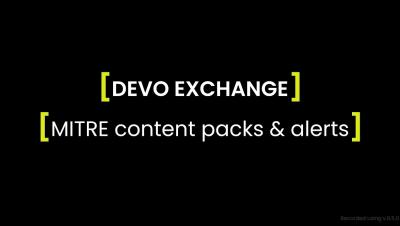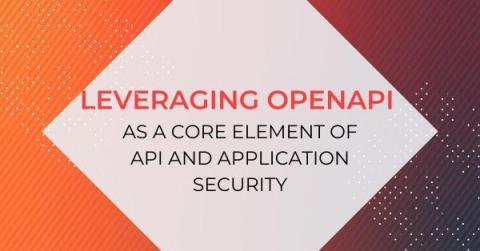SSL/TLS Web Security Certificates & Protocols
Have you ever wondered about the tiny padlock icon in your browser and why it's there? This little padlock icon, along with the "https" in the URL, signifies that your connection to the website you're on is secure and encrypted using SSL/TLS protocols. It's a symbol that represents the security of all types of information transferred to and from your website — not just for ecommerce transactions.









